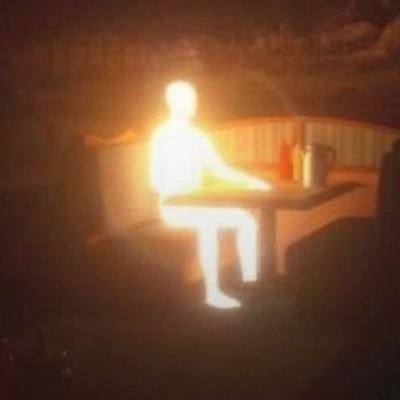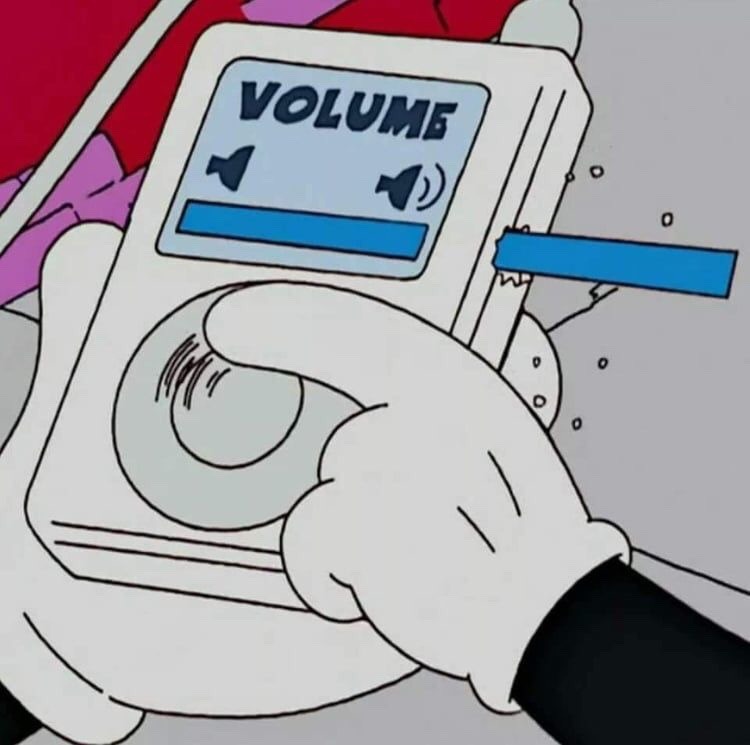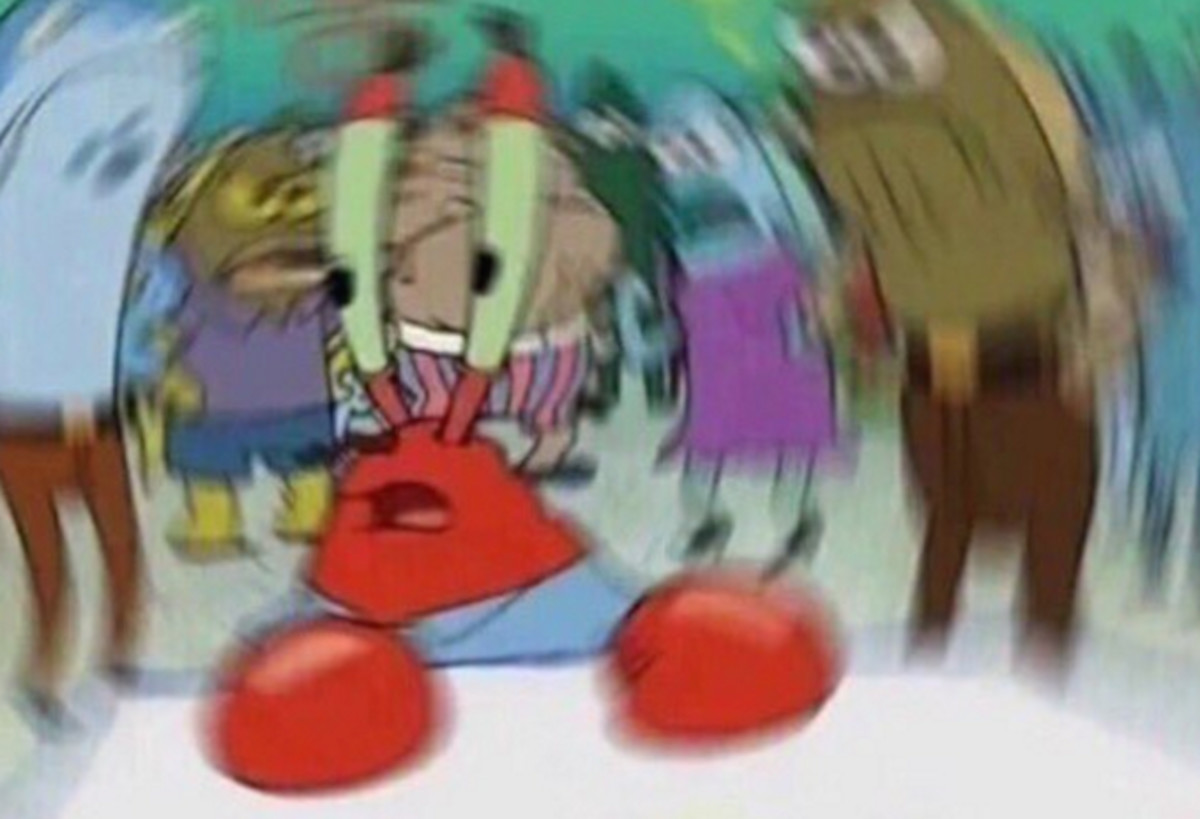Un/Fortunately Implicated In All My Work (ft. Philip Leonard Ocampo)
October 1, 2021
Teh Talks is a series of iterative conversations between creatives released seasonally every year.
This conversation between Jasmine Gui (@jaziimun) and Philip Leonard Ocampo (@philip.ocampo) has been scrambled and edited with love.


Philip and I have worked together on LooseLeaf Magazine for many years now, but prior to this Teh Talk, had never sat down one-on-one to have a conversation. While prepping for this season of interviews, it occurred to me that this might be a good opportunity to chat. After all, Philip also sits at the intersection of arts administration with curatorial and programming roles at Hearth and Xpace Cultural Centre, while also maintaining an interdisciplinary, open-ended artistic practice.
And this is how we ended up at a coffee shop having this Teh Talk.

Can you tell me about your mediums and topics of interest?
Mediums:
Painting
Mixed media
Audio-visual
Digital projects
Design
Painting
Mixed media
Audio-visual
Digital projects
Design
Interests:
Iconography
Archives
Tapestry
Mythology
Iconography
Archives
Tapestry
Mythology
Art for me is a self-indulgence. A sustained attention or fixation to things. A process of stepping back into why I find things interesting.
Response Time: I give Philip a word and he responds with a meme
Lexicon:
Can we talk more about your interest in iconography?
My entry point to a lot of my work is usually popular imagery and defined aesthetic of an era. I am interested in presenting counter-narratives of how time is framed. For example, the 70s with the Civil Rights movement and the 80s AIDS crisis, what gets carried over aesthetically from those time periods are romanticized icons; the glitz and glamour of boogie nights and MTV. Those things become indicative of the mainstream zeitgeist, and I am looking for value in these things that are considered lowbrow, ugly or cringe in the scope of fine art.
In terms of iconography in relation to personal archives, “low” culture for me is Saturday cartoons and anime I used to watch growing up. Dominant narratives often reference or deal with things that are more pleasurable or palatable. I want to honour my own experiences and give value to them. I also want to dissect and examine them.
Do you have a first icon you were obsessed with?
The energy beam, or the star.
It’s a constant feature in shonen and superhero graphic novels. I like the idea of the beam or star coming from or being in an area transcendent above reality. It feels extraordinary. It’s also related to why I love superheros. The superhuman quality they have. And wuxia where there is this concept of divine retribution, all taking place in the arena of spectacular battles in fantastic landscapes.
Response Time: I give Philip a word and he responds with a meme
Star:


But late is fine it seems. Now there is so much more to talk about. As we meander from topic to topic, I find myself straying regularly away from questions and notes I’ve prepped. In a way, what I resonate with in Philip is a playful curiosity that feeds our creative wonder. This energy is iterative — it repeats and spirals and, with each return, propels us toward new spaces and thoughts we haven’t sorted through before.
What weaves all your practices together?
The starting point for many of my projects is “Wouldn’t it be cool….” which leads to research, and the process of turning that chaos into order.
I grew up being told who I am and what I can be; These things live at the intersections of racism and homophobia. I am really interested in assembling a lexicon and vocabulary of visual iconography that reoccurs to hypothesize about myself. A lot of times, I am looking for value in things I was told were not important.
I am un/fortunately implicated in all of my own work. Nothing is separate from my art. The best part of this is that everything is inspiration. The worst part is that everything is a process of labour.
With Xpace, it’s more bureaucratic, procedural-based, and with Hearth it’s literally three walls and the outside – a more, DIY type of gathering space. I try to learn what I can from each one, and often get frustrated with the shortcomings of both. But they both present opportunities to do different kinds of things.
in this way, my interdisciplinary work is more relational. I like curating because I can align with people who are thinking about similar things but in different ways. Curatorial work keeps me grounded and reminds me that I’m not the creator of the world. Though the genesis of my curatorial projects stem from me, when I have conversations with people who inspire me, it fuels my own drive to make things inspired by people I love. All round thriving.
Response Time: I give Philip a word and he responds with a meme
Indulgence:

Is there anything you learned at OCAD that’s still important to your practice?
That art takes time. And that time doesn’t necessarily align with academic structures or regimented timelines. Deadlines don’t care about what you’re compelled to. But when it slaps, it slaps.
What’s an anime that was really important to you?
Negima! Magister Negi Magi. It was my first introduction to things that were European but in the context of Japan; the series fused worlds that I previously thought were separate. It’s sort of a fused pagan magic with magical girl series.
Response Time: I give Philip a word and he responds with a meme
Chaos:

Where do you think your work is evolving toward?
Making work outside the canon of stereotypes. Also world-building as a
form of resistance. I think people hypothesize new worlds because
they’re frustrated with this one. I’ve also developed a video work to be
projected onto the side of a building in November, which is indicative
of a desire to make work at a larger scale.
I’ve also been thinking about the limitations of identity politics and wanting to move beyond that or not feel restricted by it. I recently took Queer and Filipino off my bio. People will figure it out.
I’ve also been thinking about the limitations of identity politics and wanting to move beyond that or not feel restricted by it. I recently took Queer and Filipino off my bio. People will figure it out.
Draw three anime characters like they went through a blender.
